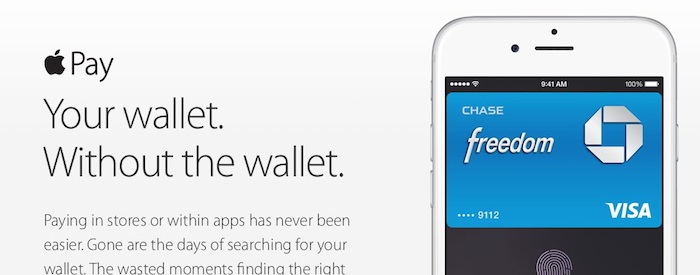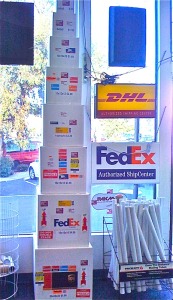Improving Supply Chains
In a recent study carried out by Boston Retail Partners that surveyed 500 North American retailers, one of the main areas of concern was supply chain.
Of those respondents, 93% were working towards solutions that would allow them to integrate operations and sales from physical stores, and online sales from desktop and mobile devices.
Ensuring that the flow of products to customers is seamless from the purchase order issued to a supplier, right through to delivery – whether via drop ship or through the retailer’s own store has been made more efficient through the use of electronic data interchange, or EDI.
In fact, many of the major big box stores will not work with smaller suppliers if they do not carry out their operations in this way.
Rigid guidelines and standards must be followed to enable EDI to work smoothly, and universal forms and messaging formats, for example, Invoice 810, Advance Shipping Notice 856, are recognized formats.
There is no question that EDI is efficient as a business to business tool.
However, if you are a retailer trying to respond to customer demand as indicated by social media, Google data or other web signals, you may need additional monitoring tools to meet your company’s demand.
If your company is facing challenges with any aspect of its supply chain, drop ship or delivery, contact xocbox – we would be pleased to discuss your business needs.



